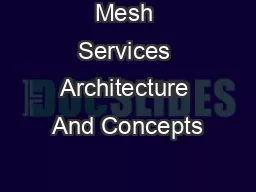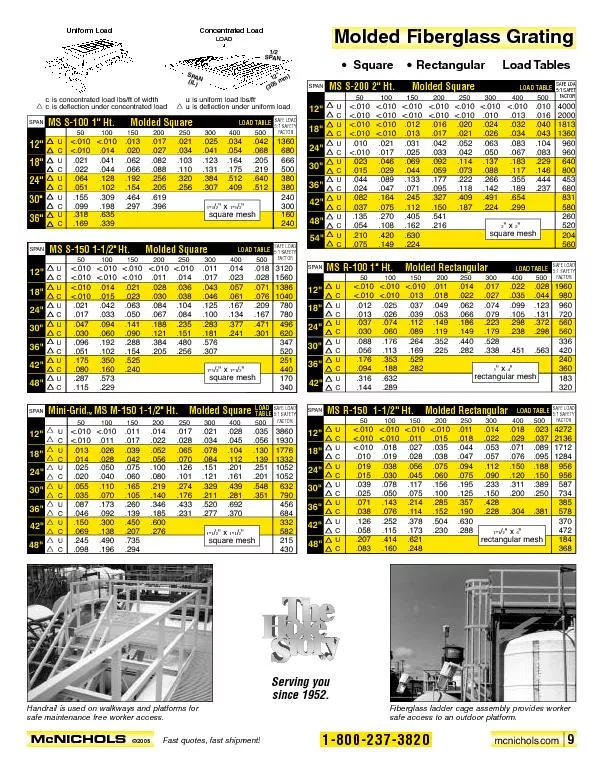PPT-Service Mesh: a New Infrastructure Layer Under
Author : iainnoli | Published Date : 2020-08-03
Microservices gt whoami PhD in Telecommunications Budapest University of Technology Worked with 5G technology SDN amp NFV Cloud Native Network Functions Graduated
Presentation Embed Code
Download Presentation
Download Presentation The PPT/PDF document "Service Mesh: a New Infrastructure Layer..." is the property of its rightful owner. Permission is granted to download and print the materials on this website for personal, non-commercial use only, and to display it on your personal computer provided you do not modify the materials and that you retain all copyright notices contained in the materials. By downloading content from our website, you accept the terms of this agreement.
Service Mesh: a New Infrastructure Layer Under: Transcript
Download Rules Of Document
"Service Mesh: a New Infrastructure Layer Under"The content belongs to its owner. You may download and print it for personal use, without modification, and keep all copyright notices. By downloading, you agree to these terms.
Related Documents














